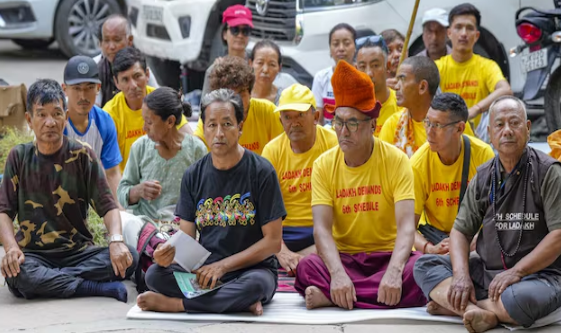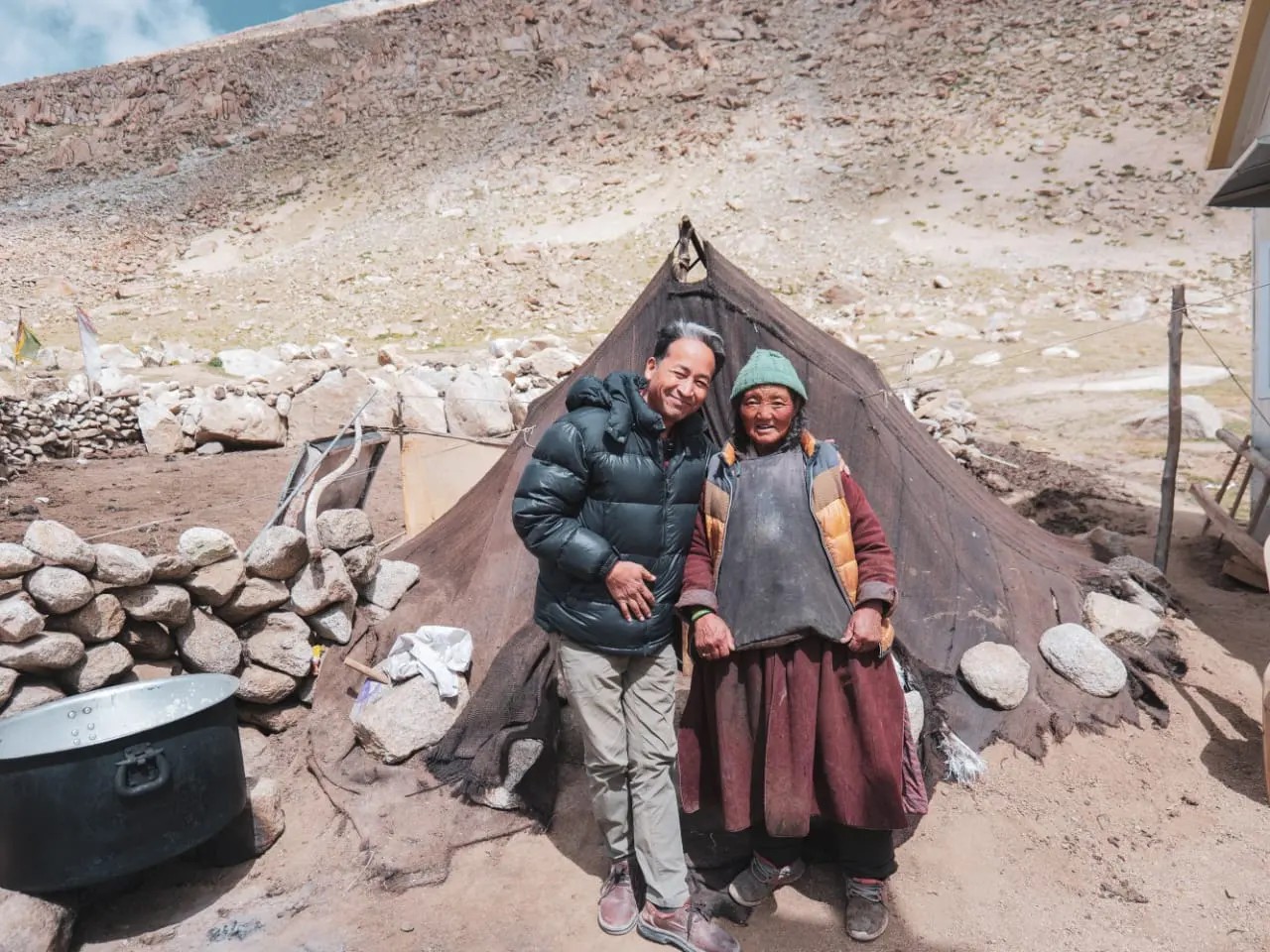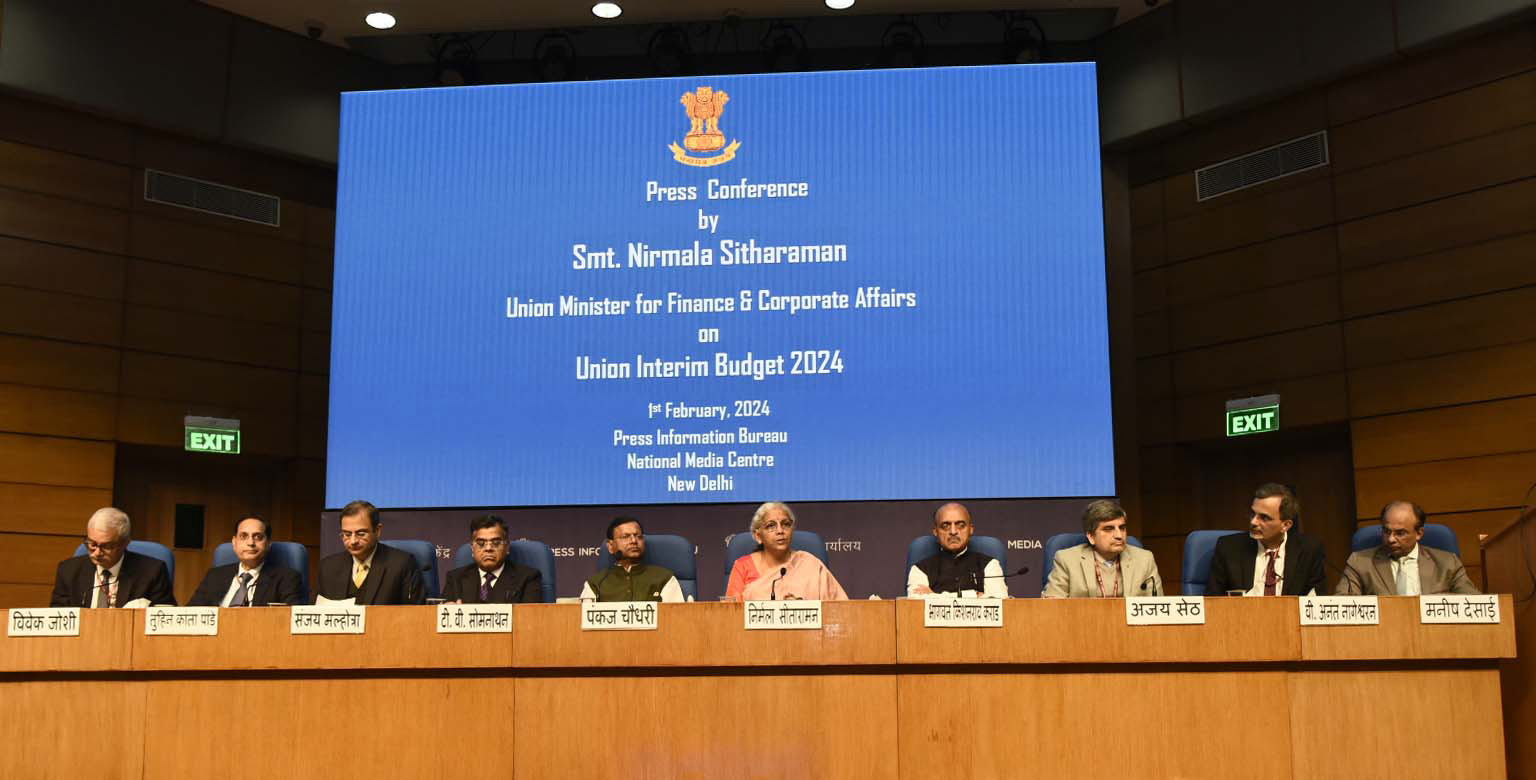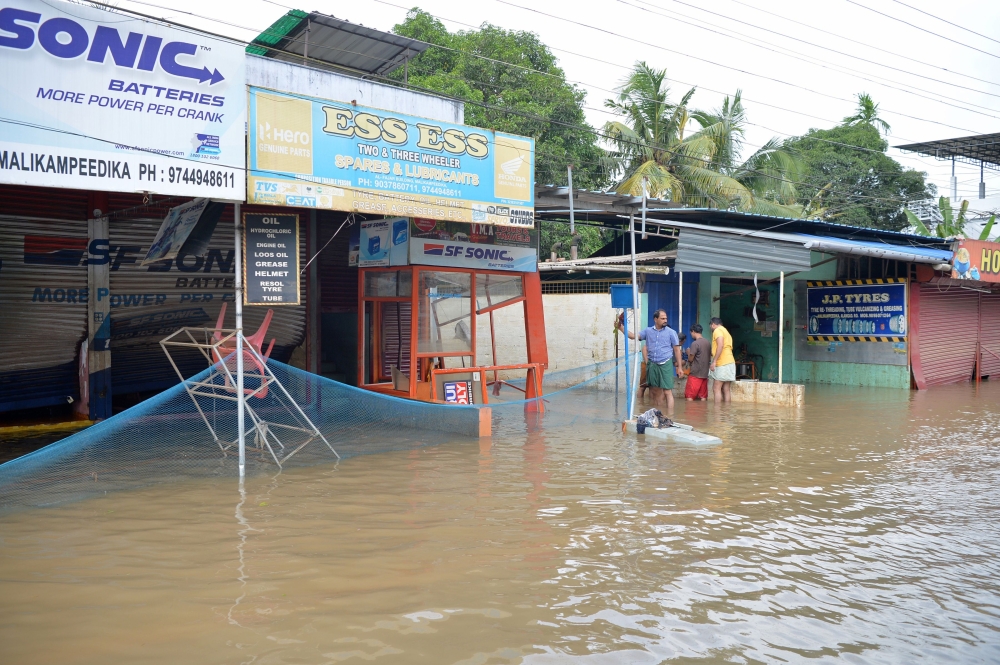The mountains of Ladakh, ancient and silent, have watched empires rise and empires crumble. They have seen borders drawn and glaciers retreat. But rarely have they witnessed their people speak so loudly as they did this autumn, when Sonam Wangchuk — the engineer who taught ice to grow against gravity — became the voice of a restless land.
The air in Leh had begun to thin long before the hunger strike began — not just from altitude, but from anxiety. Ever since the reorganisation of Jammu & Kashmir in 2019, Ladakh’s new identity as a Union Territory had been both a promise and paradox. The people had imagined autonomy; what they received instead was administration from afar.
And into this quiet tension stepped a man known more for invention than agitation. Sonam Wangchuk, 59, had spent his life teaching Ladakhis to live gently with their environment. His campus at SECMOL — the Students’ Educational and Cultural Movement of Ladakh — stood like a hymn to sustainability: mud-brick walls that held the day’s warmth, solar panels that hummed softly in the cold. His famous “Ice Stupas” — towering cones of frozen water — had turned him into a global symbol of frugal ingenuity, a man who could turn climate despair into resilience.
That engineer, who taught water to wait, is now urging a government to listen.
Making of a Reformist
Wangchuk’s journey began, fittingly, at the intersection of language and survival. Born in 1966 in the village of Alchi, he grew up among people who spoke Ladakhi at home but studied in a system imported from distant plains. Education, for most, was alienating — it rewarded rote over relevance. When he returned from NIT Srinagar in the late 1980s, he decided to fix that imbalance.
SECMOL became his laboratory for reimagining education. There, lessons were taught not in abstraction but in earth and air: physics through solar cookers, mathematics through irrigation, sustainability through daily chores. From this seed grew the Himalayan Institute of Alternatives, Ladakh — an experimental university that promised to make learning indigenous again.
But as the years passed, a larger problem loomed. The glaciers that sustained Ladakh’s rivers were retreating faster than ever. Tourism ballooned; concrete replaced stone; land laws loosened. For Wangchuk, the link between ecology and governance was unmistakable. “When the land is not in your hands, neither is your future,” he said back then.

A Peaceful Protest
By 2025, that conviction had taken the shape of a movement. Wangchuk had already staged a climate fast the previous year, pleading for constitutional safeguards to protect Ladakh’s fragile ecology and tribal character. In September 2025, he announced an indefinite hunger strike demanding statehood and inclusion under the Sixth Schedule — a constitutional mechanism that guarantees self-rule and land rights to tribal regions.
At first, Leh seemed to hold its breath. Monks prayed, students gathered at the Polo Ground, elders brought blankets to the strikers. The protest was austere, Gandhian, and profoundly local. Wangchuk sat cross-legged, a thin figure wrapped in wool, speaking of glaciers and governance as if they were part of the same prayer. But the mountain air, as Ladakhis know, can turn quickly.
Timeline of the Protests
- March 2024: Sonam Wangchuk begins a “climate fast” (a fast-unto-death) protesting for constitutional safeguards, protection from industrial / mining pressures, and stronger local governance in Ladakh.
- 30 September 2024: During a walk-march (Ladakh to Delhi) for demands, Wangchuk and supporters are detained by Delhi Police at the Singhu border; they are released on 2 October 2024.
- June 2025: The central government notifies certain draft rules for Ladakh: proposals for 85% reservation for locals, 15-year residency requirement for domicile, 33% women representation in hill councils, and recognition of multiple official languages.
- 10 September 2025: Wangchuk launches an indefinite hunger strike (lasting up to 35 days) demanding Sixth Schedule status for Ladakh and statehood.
- 20 September 2025: A next round of talks is scheduled between the High-Powered Committee (HPC) and Leh/Kargil leaders for 6 October 2025.
- 23 September 2025: Two of the 15 hunger strikers (of which Wangchuk is one) are hospitalised due to deteriorating health. The youth wing of the Leh Apex Body (LAB) calls for a shutdown and protest in Leh for the next day.
- 24 September 2025: The protest turns violent. At least 4 people die, many injured. The BJP office in Leh is set ablaze; vehicles are torched; police use tear gas and baton charge. Curfew is imposed. On the same day, Wangchuk calls off his hunger strike, appealing to youth to stop violence, saying: “this only damages our cause.”
- 25 September 2025: Continued fallout: media and authorities debate who is responsible. Wangchuk rejects being a scapegoat. The CBI begins investigating FCRA violations of the NGO founded by him (SECMOL).
- 26 September 2025: Wangchuk is arrested under the National Security Act (NSA) and flown to Jodhpur Central Jail. The government blames him for inciting unrest; opposition and civil society decry it as repression.
- Late September – Early October 2025: The FCRA license of SECMOL is cancelled by authorities. The Leh Apex Body declines to enter talks with the Home Ministry until “normalcy” returns to Ladakh. His wife, Gitanjali Angmo, approaches the Supreme Court, challenging his arrest and demanding accountability. The administration orders a magisterial inquiry into the 24 September violence (which left 4 dead) with a four-week deadline for a report.
When the Valley Burned
On 23 September, two of the fasting strikers collapsed and were hospitalised. The next morning, the youth wing of the Leh Apex Body called for a shutdown. By noon on 24 September, the quiet protest had turned into something else. Stones flew, slogans cracked through the thin air, and soon the BJP office in Leh was ablaze. Four people died before dusk; vehicles smouldered in the streets.
By evening, Wangchuk — gaunt and exhausted — ended his fast. “Violence only damages our cause,” he told his followers, pleading for calm. But the government’s patience had already melted. Within forty-eight hours, he was arrested under the National Security Act and flown to Jodhpur Central Jail. His NGO’s foreign-funding licence was suspended; investigations were opened.
In the days that followed, the narrative fractured. Government statements accused him of “provocative speeches” that allegedly inspired unrest. He, in turn, said he was being made a scapegoat for years of neglect. His wife, Gitanjali Angmo, filed a petition in the Supreme Court, calling the arrest an assault on democracy. Across Ladakh and even in parts of Uttarakhand, silent marches were held demanding his release.
The media descended on Leh — reporters, drones, and debate crews — each spinning a different tale. Some painted him as a reckless agitator who let his movement spiral; others as the conscience of the mountains, punished for speaking too clearly. In the capital, Ladakh’s story competed with louder headlines — elections, cricket, war — but for those who lived by the Indus’s silver curve, it was a wound too personal to ignore.
To understand the fire in Leh’s streets, one must trace its roots beneath the ice. Ladakh’s people — predominantly tribal, culturally distinct, and environmentally vulnerable — fear a future of dispossession. Without constitutional protections, land can be bought by outsiders, fragile pastures turned into resorts, and the traditional balance between man and mountain destroyed.
Climate change only deepens the anxiety. Glaciers that once guaranteed summer water now vanish each year like smoke. Tourism strains infrastructure; youth unemployment rises; traditional crafts fade. For many, Wangchuk’s protest was less about ideology and more about the right to remain Ladakhi in a land that is changing too fast to recognise itself.
Weeks after his arrest, the snow returned to the passes, softening the scars of protest but not the questions that remain. What happens to a region whose needs are measured not in votes but in degrees Celsius? Can the grammar of central governance ever grasp the dialect of a high-altitude desert?
Whether hero or heretic, Sonam Wangchuk has already altered the language of dissent in India’s peripheries. He taught the world that adaptation is both scientific and moral, that climate justice cannot exist without political voice. In his arrest, many Ladakhis see not defeat but prophecy — the inevitable punishment of those who speak before they are spoken for.
Somewhere, on his solar-built campus near Leh, the Ice Stupas are melting. Their water will soon feed the fields again, green ribbons against the sand. But for the people of Ladakh, the more urgent question is whether their movement — and their faith in self-determination — will survive the heat that now surrounds it.



